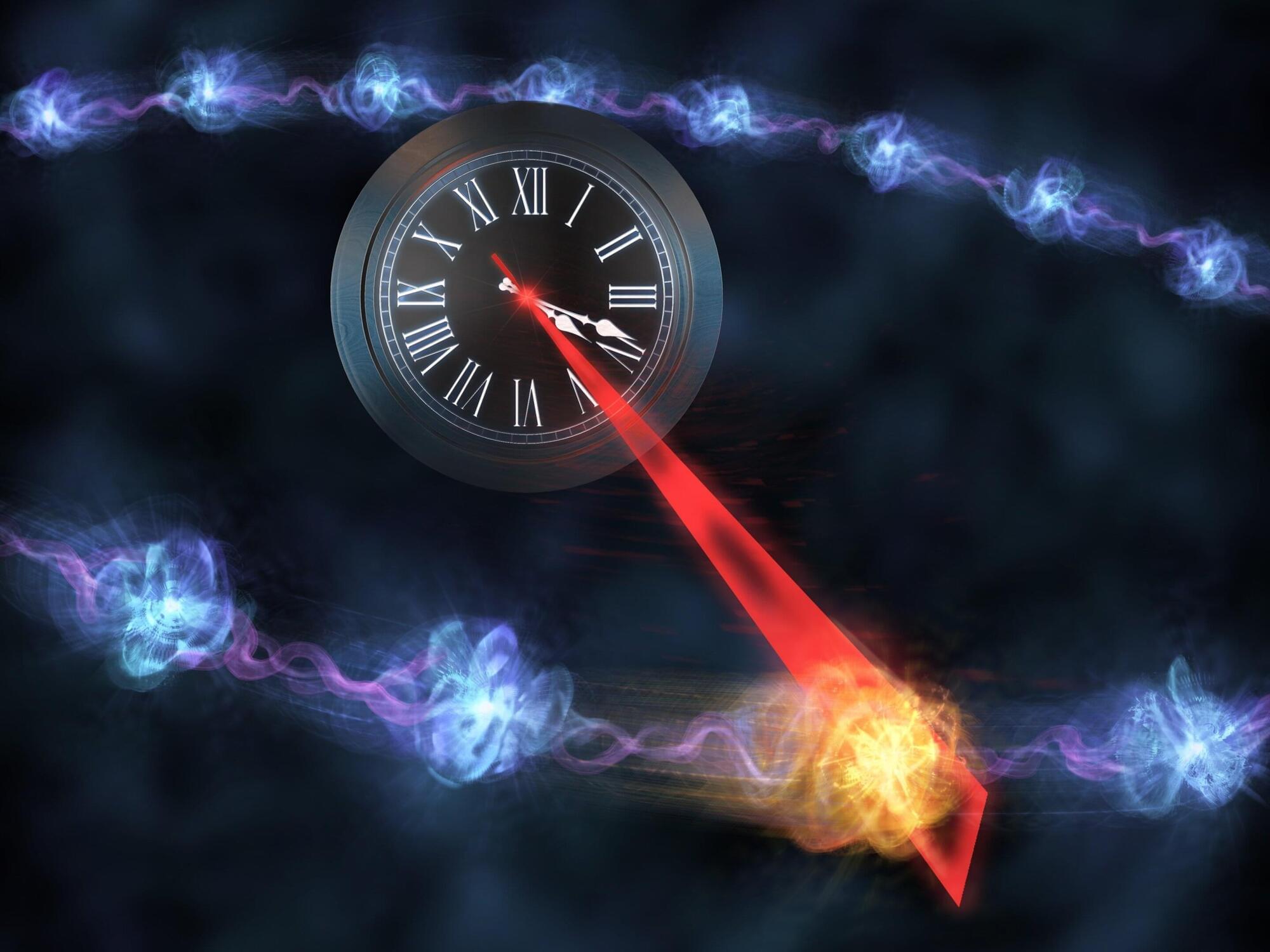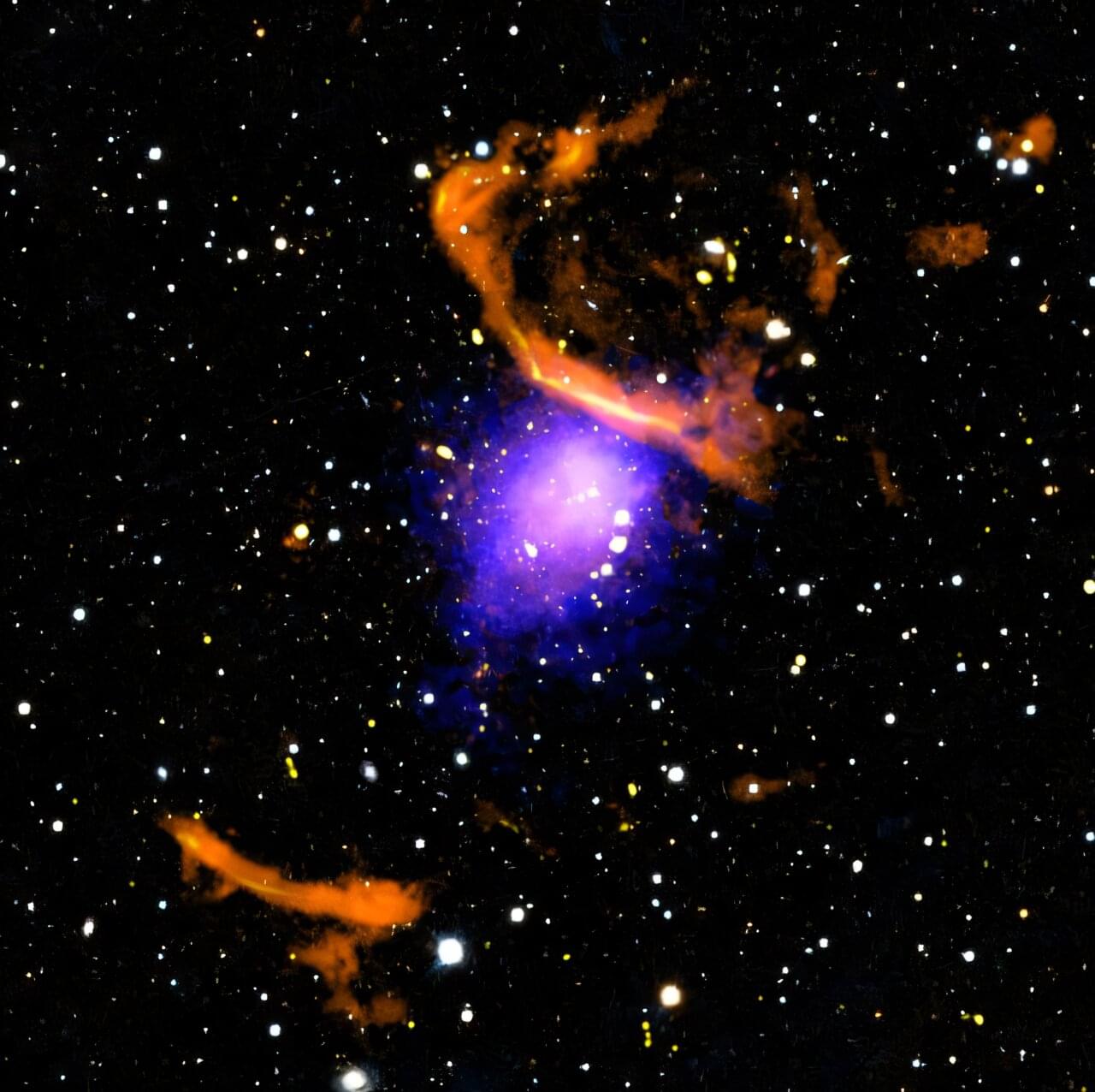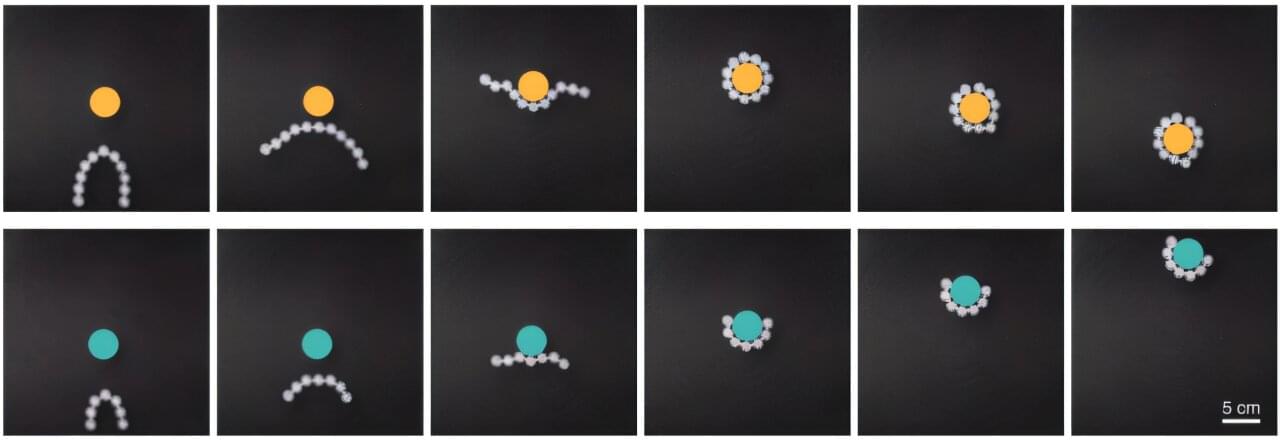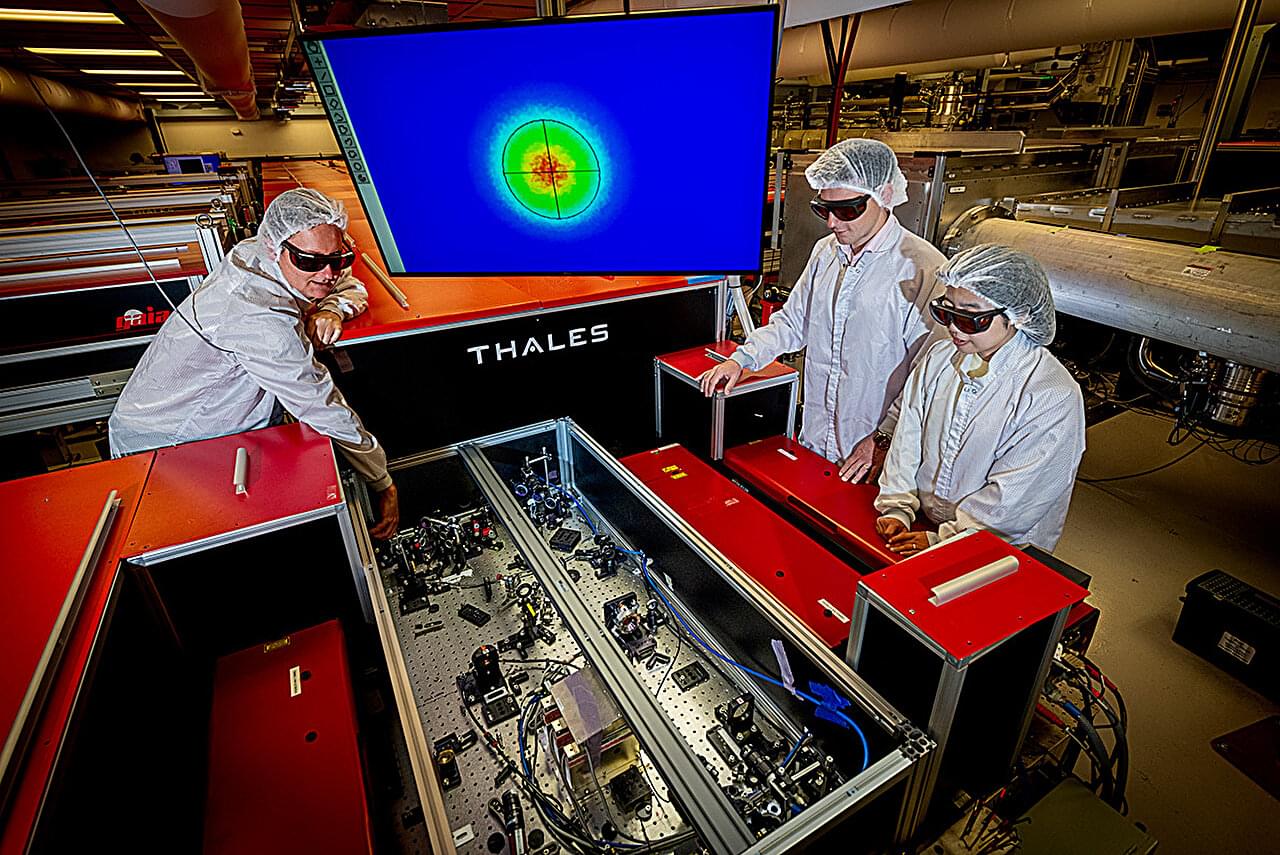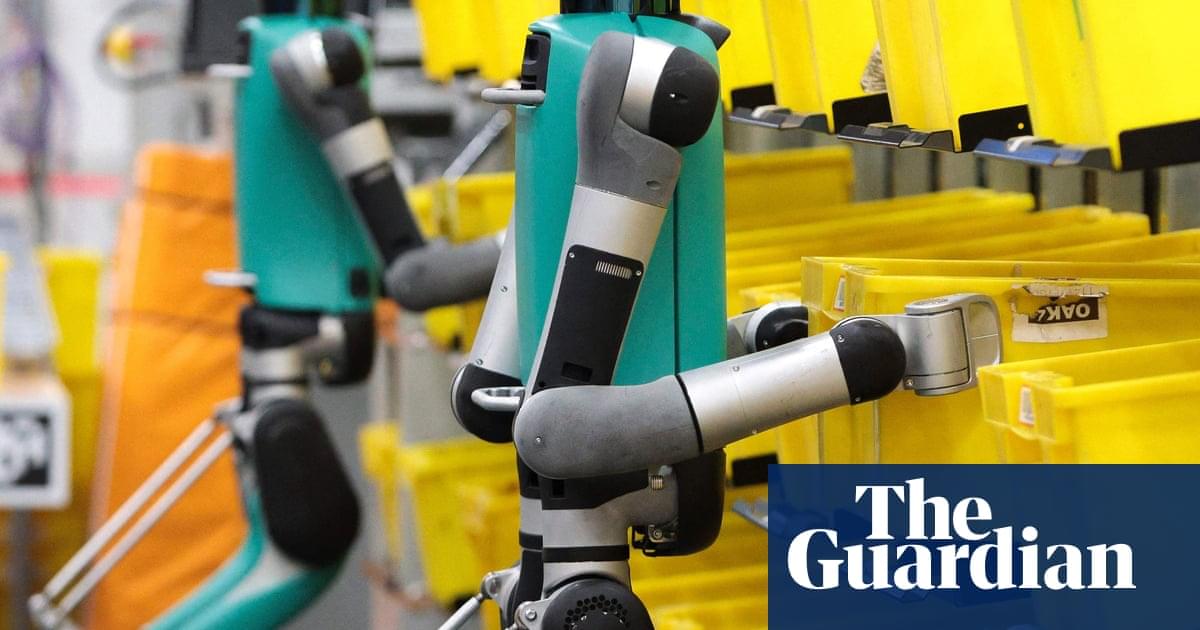How can the strange properties of quantum particles be exploited to perform extremely accurate measurements? This question is at the heart of the research field of quantum metrology. One example is the atomic clock, which uses the quantum properties of atoms to measure time much more accurately than would be possible with conventional clocks.
However, the fundamental laws of quantum physics always involve a certain degree of uncertainty. Some randomness or a certain amount of statistical noise has to be accepted. This results in fundamental limits to the accuracy that can be achieved. Until now, it seemed to be an immutable law that a clock twice as accurate requires at least twice as much energy.
Now a team of researchers from TU Wien, Chalmers University of Technology, Sweden, and the University of Malta has demonstrated that special tricks can be used to increase accuracy exponentially. The crucial point is using two different time scales—similar to how a clock has a second hand and a minute hand.
